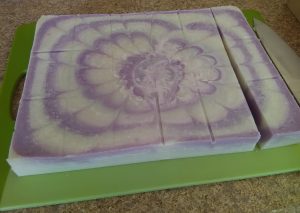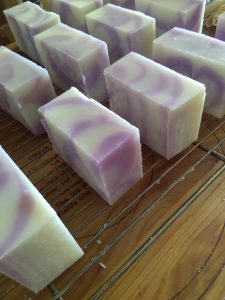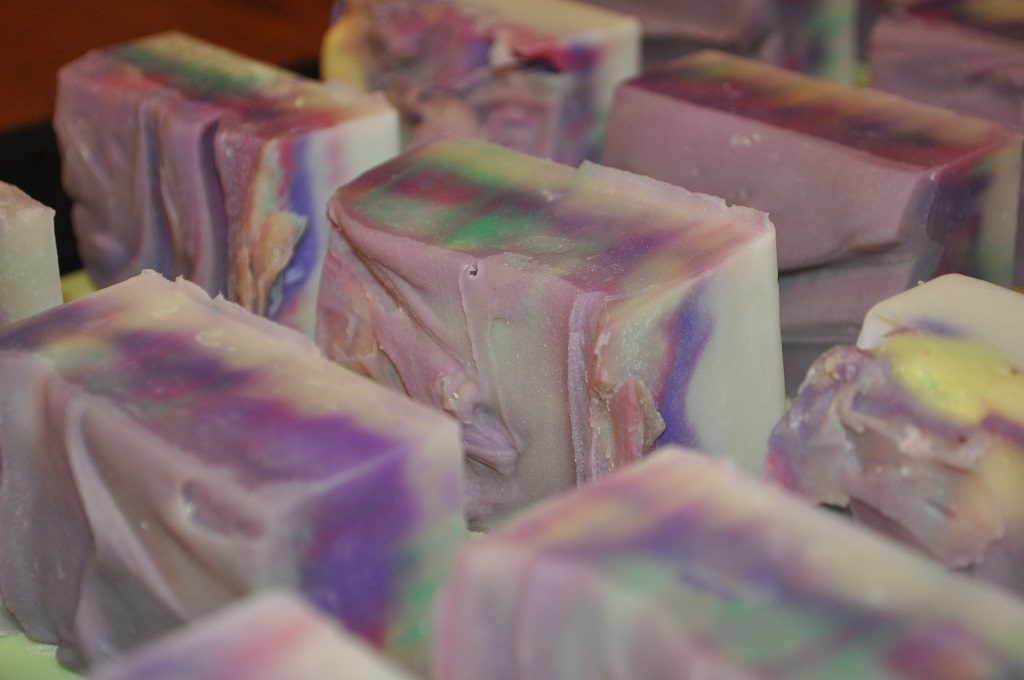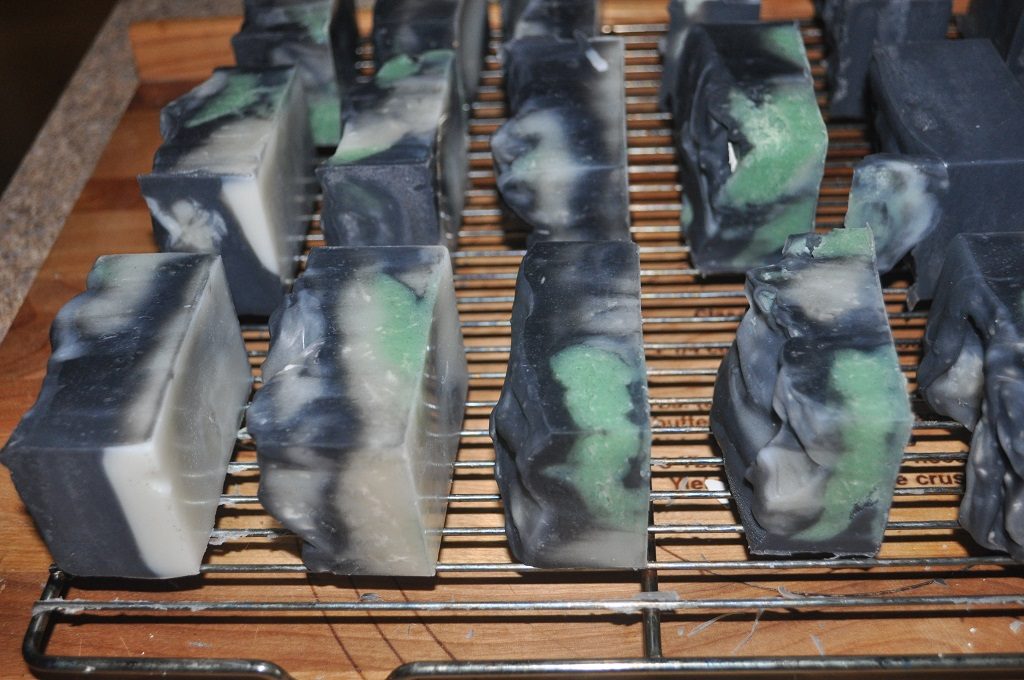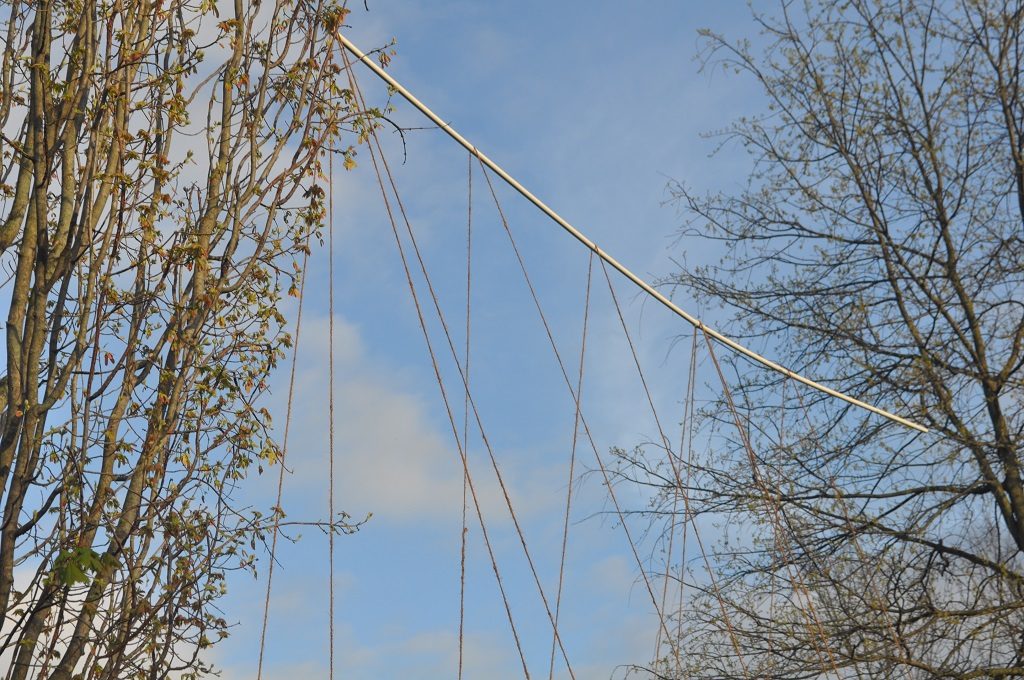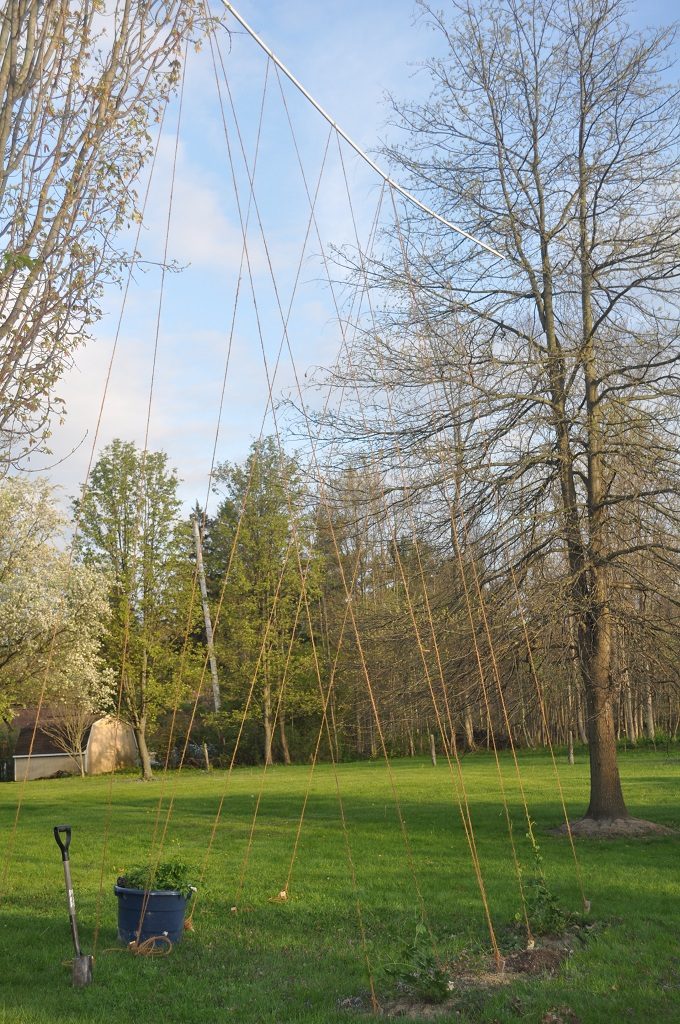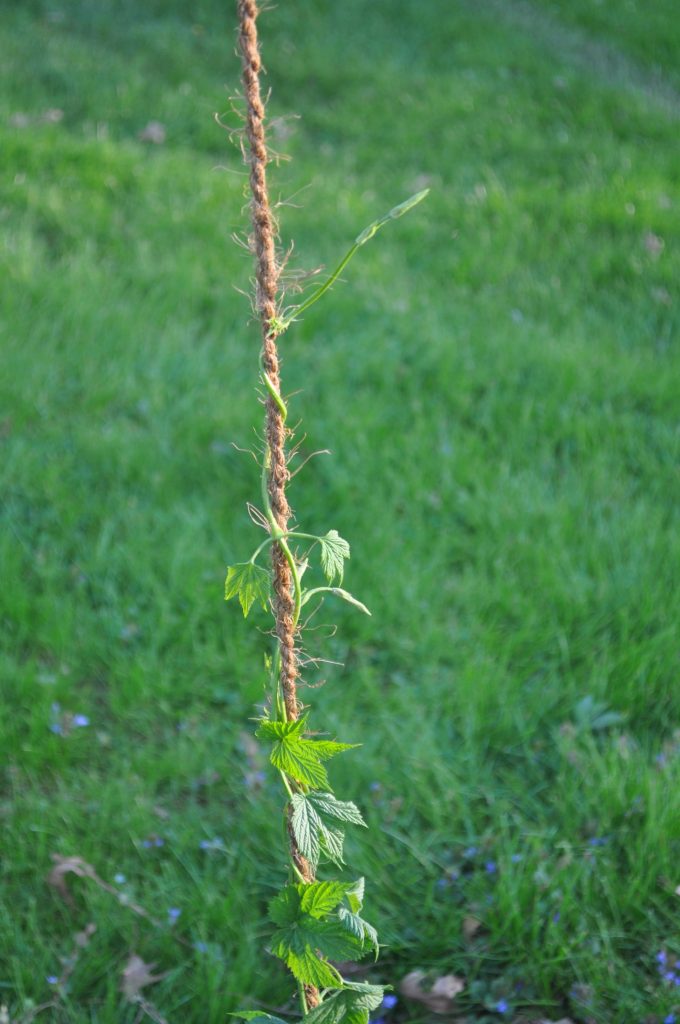I want to design and print my own soap molds – special holiday bars or pre-stamped bars. We’re still working on setting up the 3d printer, so haven’t tried anything yet. I have a few downloadable soap mold forms bookmarked (https://www.thingiverse.com/thing:1806226/apps happens to be up in another tab now, but search thingverse for ‘soap mold’ and you will find quite a few).
The trick will be finding an appropriate filament — one that won’t melt at soaping temps (something I need to better understand) but can still be extruded at my printer temp (190-250C). Preferably a not-too-rigid filament with a little bit of flex. That’s trial and error – expensive, too, when buying whole rolls of filament. I found http://globalfsd.com/ (there’s both a US and European site) that sells small quantities of many filiments, and I’ve purchased a bunch that *seem* like they might work.
What I planned to do until I can identify a perfect filament for non-melting and easy to remove soaps is create positive forms on the 3d printer (essentially print what you want a bar of soap to look like) and then google up a procedure for making a silicon mold (uneducated guess is glop some silicon ‘stuff’ onto the positive form to create the negative silicon mold).
For anyone wanting to play with a 3d printer without dropping a couple hundred bucks on it: check your local library. Ones around here are building “maker spaces” with 3d printers, embroidery machines, engraving machines, large format printers, etc. You pay for consumables (i.e. filament in this cae) but gain familiarity with the machines before deciding to invest in one.
